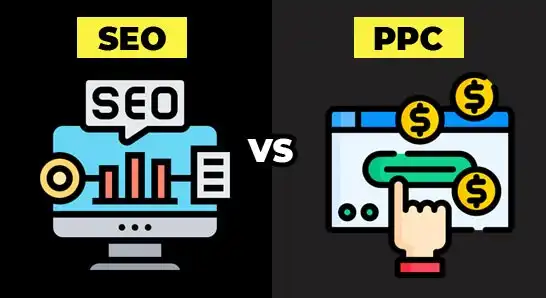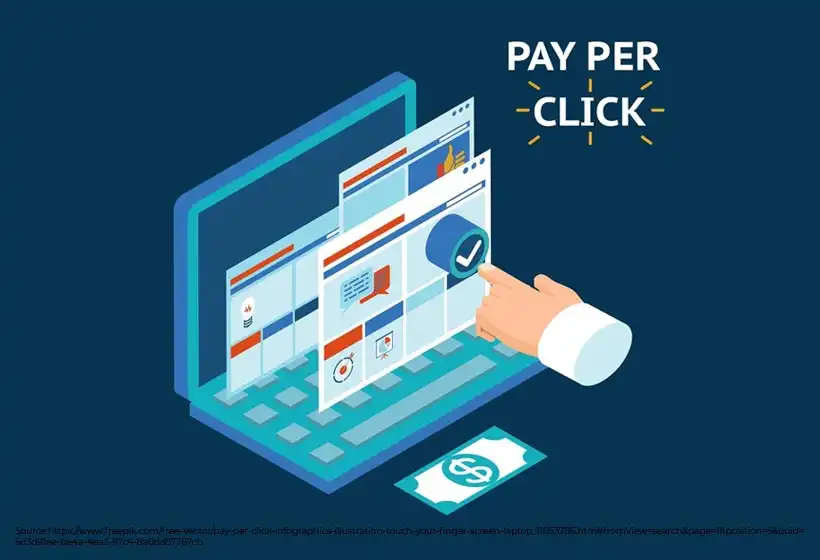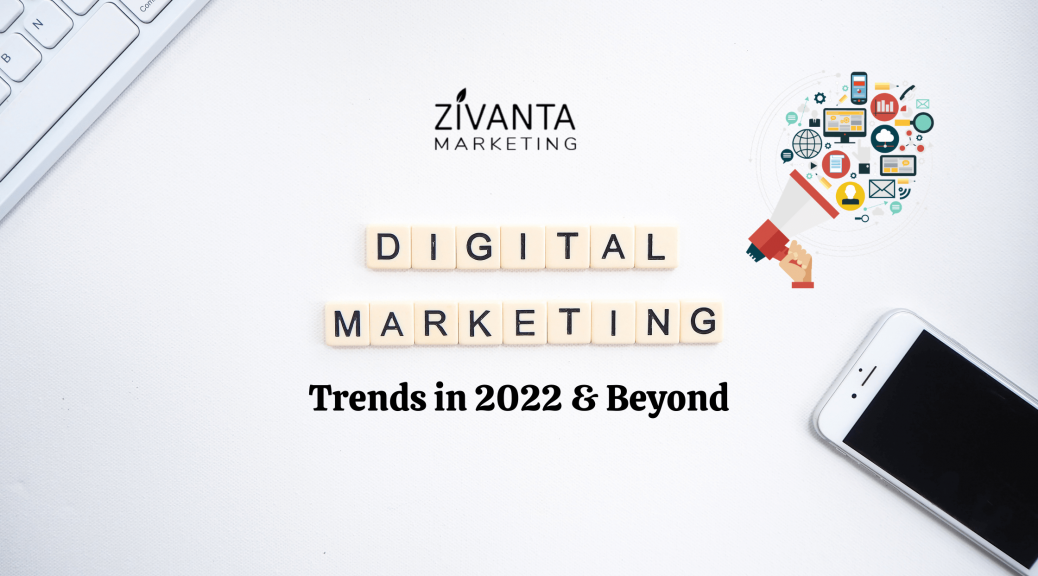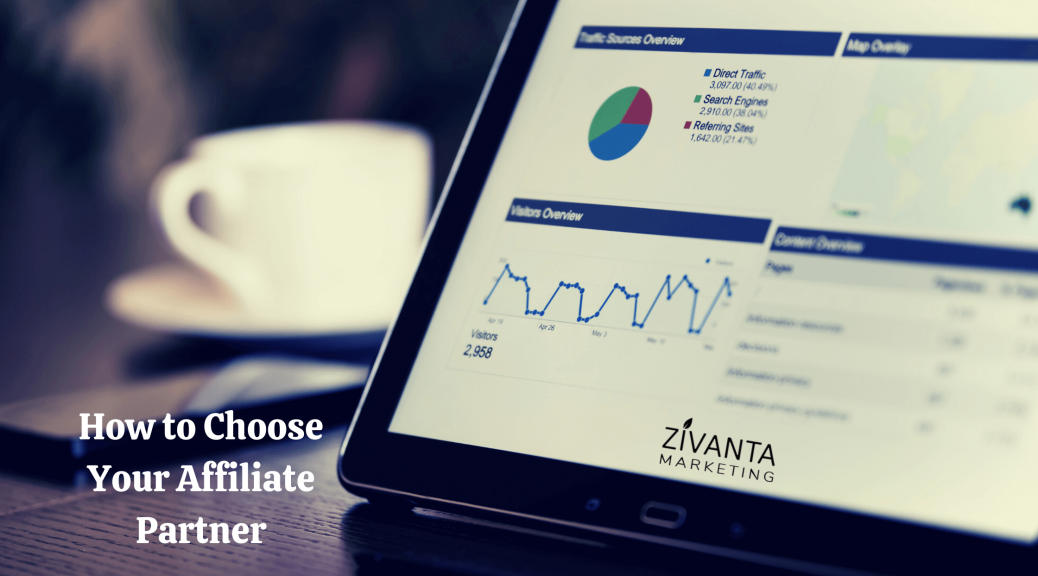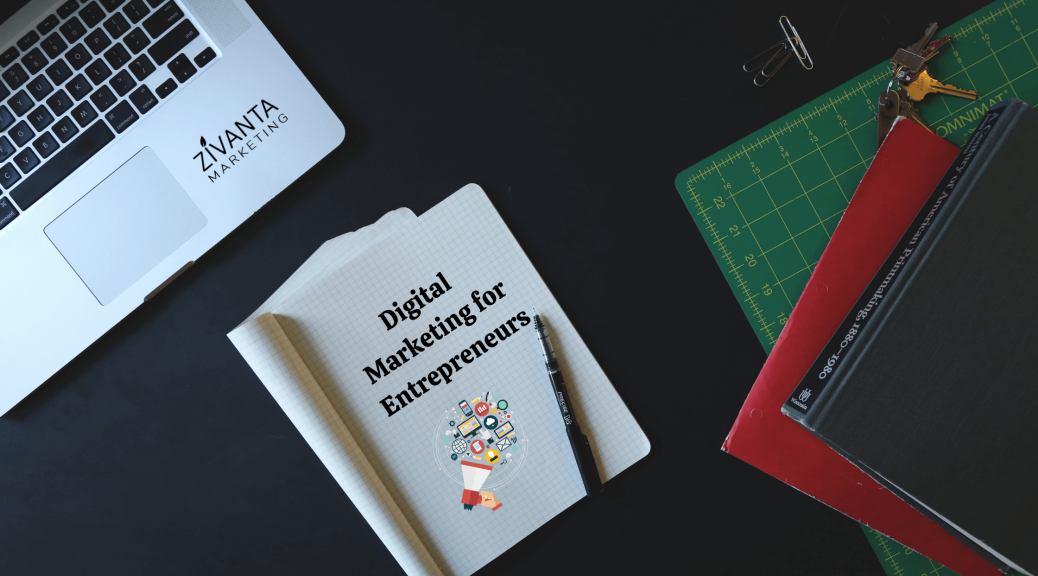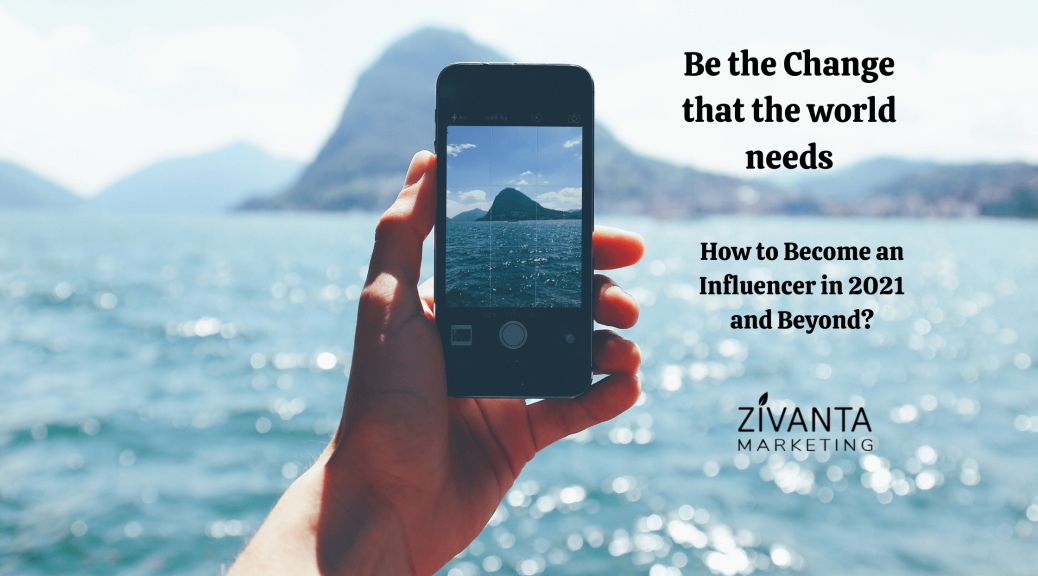Do you know your business can offer a high return if you invest in proper marketing channels?
Here lies the concept of smart money. Smart money is not only making investments but also knowing where to put them. In the case of marketing channels, investing in the right place can have a significant impact.
Let us explore how putting your money into the right marketing channels can bring success to your business.
You may also learn about the role of data analytics in driving the success of your business!
Now, for this, you must have some understanding of what exactly smart money is! Curious to know?
Alright, let us discuss it!
Smart Money Concept
What Is Smart Money?

The term smart money describes investments made by major participants in the financial world like investors, central bank, market experts and professional funds. It is generally made by people who are well-informed and have a thorough understanding of market dynamics.
To know how to recognize smart money, you should keep an eye on the following indicators.
Identifying Smart Money: Key Indicators
- Large Transitions:
Investors having smart money frequently make large investments in business they believe will do well in the long run. If you are such an investor, then it is possible for you to determine where smart money is moving by looking at the volume of securities.
- Insider Buying:
As an insider, like company executives or board members, you consider wise money. Executives show faith in the future of the company by purchasing shares of their own business.
- Focus on Growth:
Smart money investors give priority to the sector or the industries like technology or healthcare which possess a significant room for expansion.
- Long-term perspective:
One of the features of smart money is holding investments for several years and allowing them to mature.
- Fundamental analysis:
Smart money investors conduct in-depth fundamental analysis, carefully reviewing market movements, management teams, and financial statements.
Prioritizing the channels that offer you the most value for what you pay is essential in business. Not just for the present, you need ones that can constantly produce revenue for the future.
Which marketing channels provide you with the most return on your investment?
Well, when discussing how to maximize your marketing budget, digital channels are particularly noteworthy. Consider email marketing, search engines, and paid advertisements.
If you are someone who wants to see results, these are the areas to concentrate. They have been shown to generate income both today and in the future.
Continue reading to know more about the best channels and strategies for maximizing ROI. Keep on reading!
Type of Marketing Channels and ROI
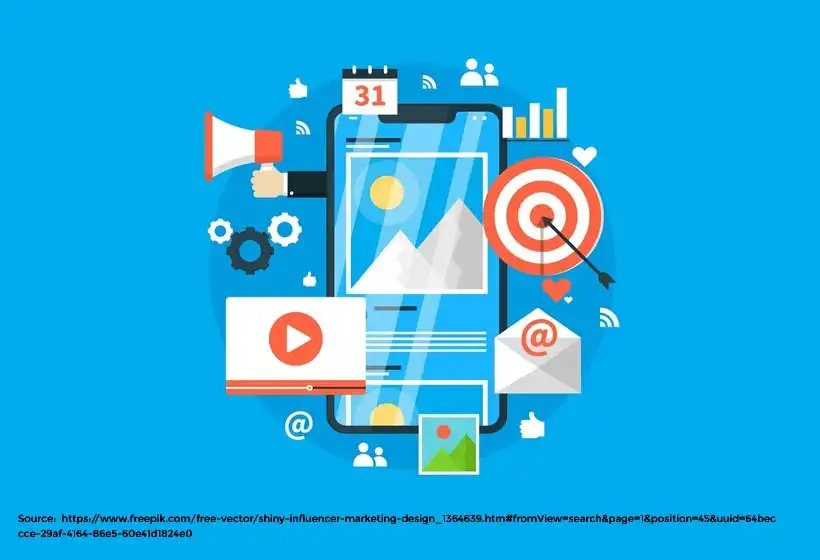
3 Highest ROI Marketing Channels
The top 3 marketing channels that are known for offering the highest ROI are as follows:
- PPC
PPC or Pay-Per-Click is a data-driven marketing strategy that provides concrete insights into efficiently reaching potential customers. In this paid strategy, your company will pay a user to click on your advertisement.
You can carefully research potential keywords, select the most effective ones and determine the exact budget for each click with the help of Google Ads platform.
Why is PPC one of the highest ROI marketing channels?
- PPC stands out for its use of ad forms that are guided by machine learning-driven ad formats. These optimize your return on investment (ROI) by adjusting to user behavior and preferences.
- Through Google Analytics integration, your Google Ads account may offer you with useful information regarding the post-click user engagement. It becomes easy to track how your PPC advertising help you achieve your goals if you have defined them.
- PPC focuses on consumers who are close to making a purchase. Its leverage exceptional return on investment which is enhanced by its capacity to use sophisticated targeting parameters like location, interest and device type.
- Business who uses PPC get a high return for every investment. Choosing Google Adwords is more suitable for companies looking to get a significant return on their marketing expenditure. This is because it can increase this return even further.
- SEO
In the field of online marketing, Search Engine Optimization, or SEO, is an important tool. It provides a lot of analytical insights that are essential to developing a proper internet strategy. From basic metrics like bounce rate and website traffic to intricate data, SEO provides you with an array of insights. This helps you to refine your strategy.
SEO is all about making your website more visible on the search engine result page by ensuring that it satisfies user and search engine algorithm requirements. This enhancement creates a good user experience and provides insightful content.
Your website will be more likely to generate more leads, draw more visitors, and eventually improve revenue.
What makes SEO one of the successful marketing channels in terms of ROI?
- SEO functions differently than Pay-Per-Click advertising, where you are charged every time a user clicks on your advertisement. Because of its organic nature, you don’t have to pay for each click, which contributes to its return on investment.
- Furthermore, SEO is good at handling every stage of the customer experience from taking new leads to convert them.
- By leveraging SEO, you can successfully reach your target audience and guide them towards becoming loyal customers.
- The fact that organic traffic, which is mostly produced by SEO efforts, accounts for more online income. It highlights the efficacy of the digital marketing approach. It is proof of how important SEO is to companies seeking long-term success.
- Adopting SEO is a strategic requirement for your business if you are looking to prosper in the tough digital market today.
Curious to know how SEO differs from PPC? Read on!
- Email Marketing
The goal of email marketing is to establish a real connection with your audience and guide them to becoming a devoted customer. You can convert leads into sales and build strong connections with your clients by creating email campaigns. This can be done by targeted email campaigns and proper segmentation of the audience.
Why is email marketing regarded as one of the most successful marketing platforms available?
- Firstly, ROI speaks for itself. For every dollar invested in email marketing, firms typically make a huge amount of revenue. Hence from this incredible number it is clear, how beneficial this product may be to your business.
- However, what differs what makes email marketing different from the other channels? It all comes down to customization. Email allows you to customize your communications to each recipient, taking into account their unique needs and concerns.
- For instance, email can be used to gently remind customers about the items they still have in their shopping cart. It suggests products that are similar to ones they have already purchased. The degree of customization improves customer experience and chances of making sale.
- However, email marketing is more than product promotion. It is a valuable educational tool for informing subscribers about the changes in market trends, regulations, and best practices. By offering material that adds value, you establish yourself as a reliable authority in your industry and gain the confidence of the audience.
- Additionally, email marketing is quite flexible. It is not restricted to any one sector or company. Whether you work in ecommerce or any other industry, email marketing helps you to achieve your objectives and provide positive outcomes.
- Lastly, email marketing involves more than just bringing new clients. It is an effective technique for keeping customers, too. You may increase your customer loyalty to your brand and reduce the chance that they will choose a competitor. This is done by sending them frequent emails.
If your smart money goes to the audience you pay to reach, with traditional marketing campaigns, it is no more, no less. Why is it? Let’s have a look!
Why Aren’t Traditional Channels Some Of The Highest ROI Marketing Channels?
Who sees your advertisement depends on where it is placed, be it for readers of a certain newspaper, TV shows or residents in a specific area. However, it is frequently expensive to reach a large audience.
Traditional advertisements are hard to measure, so even if your company can afford them, it could be difficult to determine their efficacy. You won’t have a clear picture unless you question every consumer personally about how they found you and what motivated them to get in touch. This holds true for radio, TV, newspapers, and even direct mail like brochures and postcards.
Your budget allocation is basically a guess if you only use traditional models.
A single click can determine the success or failure of your smart money. Thus, it’s important to optimize your marketing effort. It entails continuously enhancing your marketing tactics to obtain the highest possible return on investment (ROI) and achieve good results.
Have a look for useful techniques and insights to maximize the impact of your marketing initiatives.
Optimizing Your Campaigns for Success
What Is Campaign Optimization, And Why Is It Important?
Campaign optimization is similar to continuously tuning marketing campaigns to get the ultimate result. It’s a combination of science and art that is intended to improve your campaign work.
Increasing the effectiveness of your campaigns involves the process of data analysis, identification of areas for improvement, and making changes rather than just setting them up and leaving them alone.
To know more about the importance of optimization in marketing, read on!
Why does it matter? It is not enough to just put things into action and hope for the best in today’s competitive marketing landscape. This is why it’s crucial to optimize:
- Increasing Conversion rate
While you understand what connects with your audience, you may convert more prospective leads into paying customers. It’s all about refining your message so that the target audience properly understands what you’re saying.
- Improving ROI
Your marketing budget is restricted to a certain amount and thus it is important to optimize. You can make sure you’re getting the most return on your investment by being more particular about who and where you target using your resources. Efficiency is important; make sure every dollar you spend is worthwhile.
- Gaining valuable insights:
With every change you make and each data point you look at, you have a better idea of what works well and what does not. This combines into a wealth of information about your target audience and your campaigns over time.
It’s similar to holding a secret weapon—a complete knowledge that enables you to continuously improve and enhance your tactics.
In the marketing industry, every little thing matters. Every element of your campaign, from targeting the right audience to creating effective ad language, is vital to its success. Let’s explore how we may improve the efficacy of your marketing plan by optimizing various aspects.
What Are The Different Aspects Of A Marketing Campaign That Can Be Optimized?
- Targeting
Targeting people who are interested in your product or service is important. You need assurance that the right people are seeing your marketing efforts at the correct moment by optimizing your target audience.
In order to direct your message at the audience who are most likely to respond positively, you may need to modify your demographic criteria, interests, and behaviors.
- Bidding Strategies
If you want to maximize your ad spend in the case of paid advertising, bidding methods are crucial. Make sure you’re getting the most for your money while still reaching your target audience by carefully modifying your bids.
Whether your goal is to maximize exposure or concentrate on conversions, determine the optimal bidding approach that fits your budget and objectives.
- Allocate funds
The ability of a marketing campaign lies at successfully allocating its resources. To optimize outcomes, try to allocate your spending across various channels and campaigns with the help of the analysis of performance and return on investment.
To get the most out of your marketing budget, make wise decisions about reallocation of funds to areas with untapped potential or increasing your investment in high-performing channels.
- Ad Copy and Creatives
Your brand’s online image is created by advertisement copy and creatives. Optimize your creatives and advertisements for maximum engagement as well as conversions. It can be done by testing and refining your messages, images, and calls to action.
From catchy headlines to compelling imagery, ensure your advertisements speak to and inspire your target audience to take action.
- Optimization of landing page
Because of the conversions that take place on your landing pages, you need to optimize them for your business’s success. Always try to improve your landing pages to bring in more leads or sales. It can be done through clear messaging and eye-catching images, followed by an easy-to-use design.
Make your visitors have an effortless experience that inspires them to take action. It may require you to optimize the checkout process or speed up page load times.
- Email promotion
The use of email promotion lies in the aspect of interacting with your audience. You can optimize the content, subject line and send timings of the email in order to increase click-through rates. Optimize your email marketing campaigns whether that involves testing different email forms or personalizing content as per the subscriber preferences.
In today’s world business possess an amazing opportunity to enhance their digital marketing and maximize the investment. In this data-driven world, it becomes easy for the business to gain a lot of insights into the behavior and the preferences of the customers by utilizing data.
This helps marketers make better decisions and develop effective campaigns.
Let us explore some of the key aspects of the digital marketing campaigns that are data driven and how it can improve ROI.
Top 3 Strategies to Maximize ROI with Data-Driven Campaigns
1. Understanding Your Target Audience
It becomes crucial for successful marketing. You are required to carefully analyze the data from multiple sources. Through this, which may include social media platforms, website analytics, and direct consumer feedback, you can have access to priceless insights into the issues faced by your target audience.
Through this, you can create comprehensive buyer personas, which allow you to customize your marketing messaging to effectively connect with particular audience segments.
2. Refining Your Marketing Channels
In place of allocating your efforts over various platforms, data-driven marketing helps you discover the channels that your company requires for success. You can find which channels are generating the most traffic, engagement, and conversions by carefully analyzing the data you collect.
You can allocate your resources in a way that ensures that every dollar spent gives the ultimate returns on investment (ROI) by focusing on these high-performing channels.
3. Personalization and Segmentation
Customers expect personalized experiences in these modern times. With data-driven marketing, you may do that. Audience segmentation on the basis of distinct traits and behaviors can help customize product recommendations, promotional offers, and content to suit individual tastes.
By adopting a more individualized approach, you may have deeper connections and brand loyalty with your customers.
Know the connection between analytics and digital marketing!
In today’s competitive online marketplace, always make sure that your smart money moves in the right direction. It is particularly important if your company is looking to maximize their returns. Successful business growth requires understanding your target market, refining your marketing strategies, and offering customized experiences.





